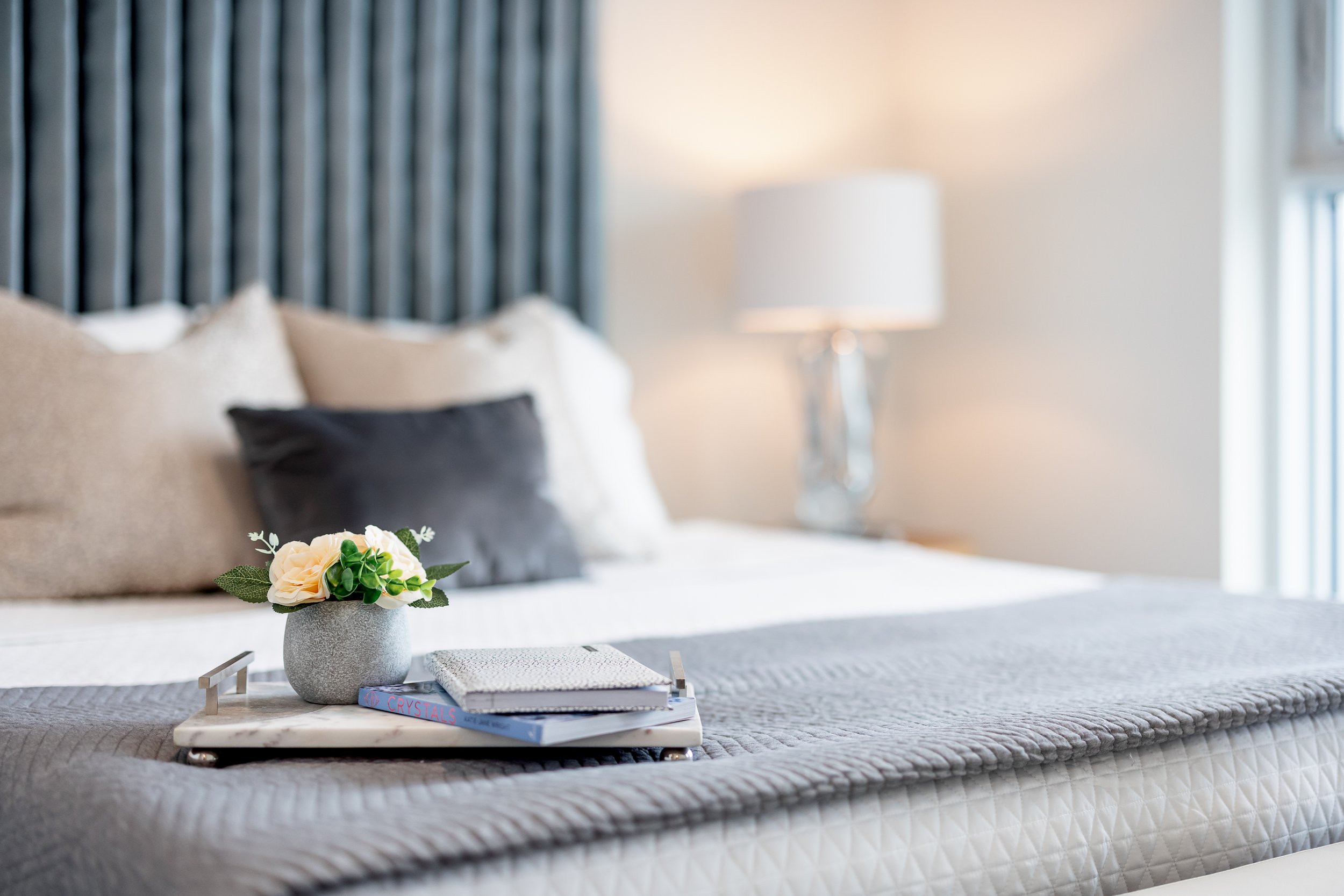The ideal time of day for capturing real estate images can vary depending on the specific property, its location, and the desired aesthetic. However, most real estate photographers and industry experts typically suggest two key times of day for taking eye-catching pictures:
1. Morning: Sunrise often occurs in the early morning, which can offer stunning lighting conditions for real estate photography. It's a wonderful moment since the light is warm and comforting. Additionally, there is typically less foot and car traffic early in the day, making for a cleaner and more tranquil setting for taking exterior photos.
2. Late Afternoon/Early Evening: Another well-liked time for real estate photography is the "golden hour," which is just before sunset. During this time, the soft, pleasing glow of the warm, golden light can be spread over the property, improving its aesthetic appeal. The low angle of the sun can produce long shadows that give photos depth and substance.
It's important to keep in mind that these are general advice, and there can be certain elements that affect the ideal time for taking real estate photos. The orientation of the property, the surroundings, and any distinctive architectural elements are a few examples of these variables. The use of artificial lighting techniques or improving natural lighting may also be necessary for interior pictures.
In the end, it's advisable to evaluate the property's attributes, the available lighting conditions, and the intended output to identify the best time for taking real estate photographs.











